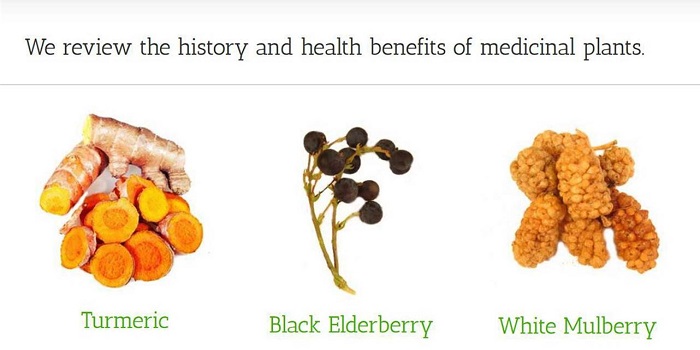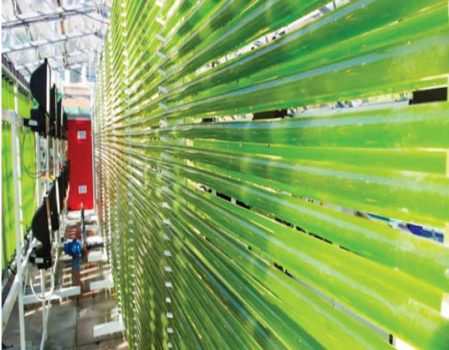
Exploring education resources focused on medicinal plants and ethnobotany
Blog, Education, Education General, Plant Science Research Weekly, Research0 Comments
/
Medicinal plants, which the majority of people use to some degree for their health needs, provide a platform for engaging students in scientific inquiry. Straus & Chudler present an overview of online teaching resources focused on medicinal plants and ethnobotany. The sites highlighted provide a…

A chemical genetic roadmap to improved tomato flavor ($)
Plant Science Research Weekly, ResearchThey say that “chacun à son gout” (each has his own taste), but when it comes to tomatoes there is near universal agreement that they don’t taste as good as they used to: a fact that is borne out by gas chromatography-mass spectrometry and the panel of taste-testers employed by Tieman et al. in…

ARF19 affects seed size in biofuel plant jatropha
Plant Science Research Weekly, ResearchJatropha curcas is a perennial woody plant with high seed oil content that has potential to be used in biofuel production. However, there is limited knowledge about the biology of seed oil production in Jatropha spp. Sun. et al., used a genetic approach to identify a J. curcas QTL that controls seed…

MATRILINEAL, a sperm-specific phospholipase, triggers maize haploid induction ($)
Plant Science Research Weekly, ResearchSexual reproduction, with all that recombination and independent assortment, is an excellent way to generate genetic diversity and increase the likelihood that some progeny will survive. However, the seed industry strives to produce genetically uniform seeds. Although there are various ways to circumvent…

Review: Cyanobacterial metabolites as a source of sunscreens and moisturizers
Plant Science Research Weekly, ResearchThe cosmetic industry uses a lot of different chemicals to produce the seven or so skin care products used by the average American every day. Efforts are underway to develop renewable sources for some of these. Derikvand et al. review the chemistry and potential applications behind compounds used by…

Jay Keasling. Engineering Microbes to Solve Global Challenges
CSVL Research, Curated Webinars / Video Lectures, WebinarsFilmed for iBiology 2016
Talk Overview
Dr. Jay Keasling discusses the promise of biological systems to create carbon-neutral products for a range of applications, including fuels, chemicals and drugs. Keasling discusses the application of these principles to the development of a microbial platform…

Robert Zeigler. Importance of rice science and world food security
Blog, CSVL Research, Curated Webinars / Video Lectures, WebinarsFilmed at the 2011 Gatsby Plant Summer School
Abstract: Rice is the most important food crop of the developing world and the staple food of more than half of the world’s population, many of whom are also extremely vulnerable to high rice prices. In developing countries alone, more than 3.3 billion…

Giles Oldroyd. Engineering the nitrogen symbiosis for smallholder farmers in Africa
CSVL Research, Curated Webinars / Video Lectures, WebinarsFilmed at the Gatsby Summer School, University of Cambridge 2015
Western agricultural systems are reliant on the application of inorganic nitrogen fertilisers to greatly enhance yield. However, production and application of nitrogen fertilisers account for a significant proportion of fossil fuel usage…

Beverley Glover. Flowering plant diversity: development, function and evolution
CSVL Research, Curated Webinars / Video Lectures, WebinarsFilmed at the Gatby Summer School, University of York, 2013
http://www.tree.leeds.ac.uk/tree.2.0/view_lecture.php?permalink=MTA2Nw
Abstract: The enormous species diversity of the flowering plants has puzzled evolutionary biologists since Darwin’s day. The rapid radiation of the flowering plants…

